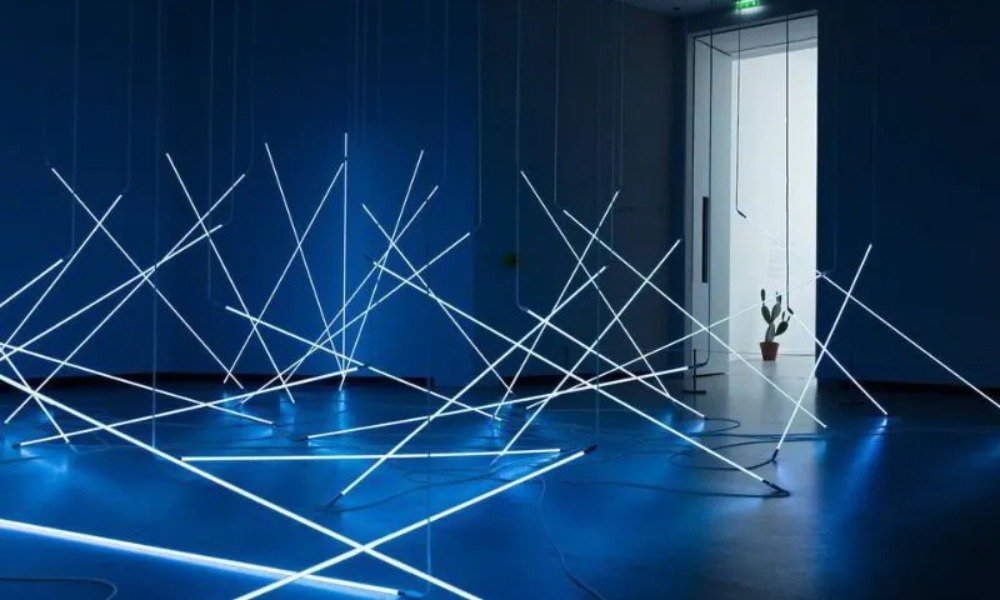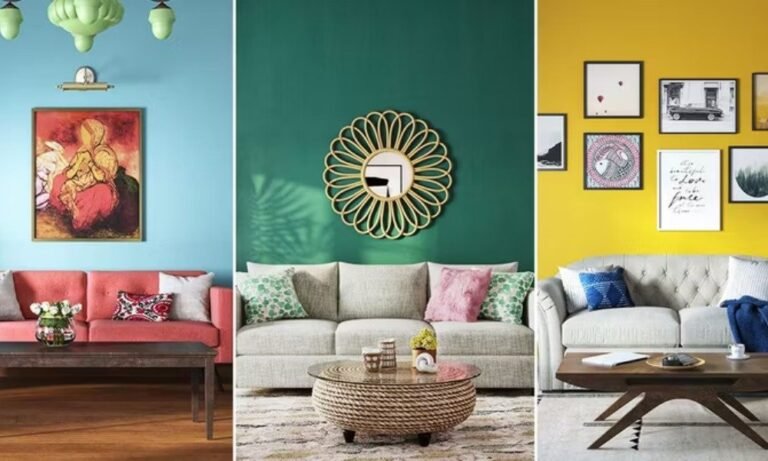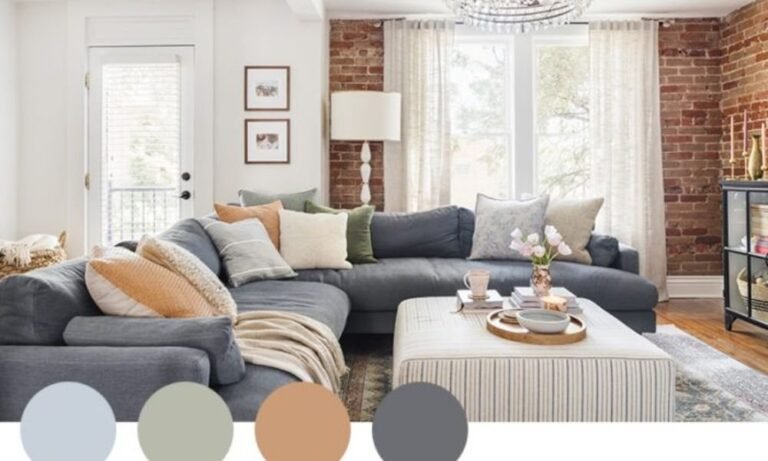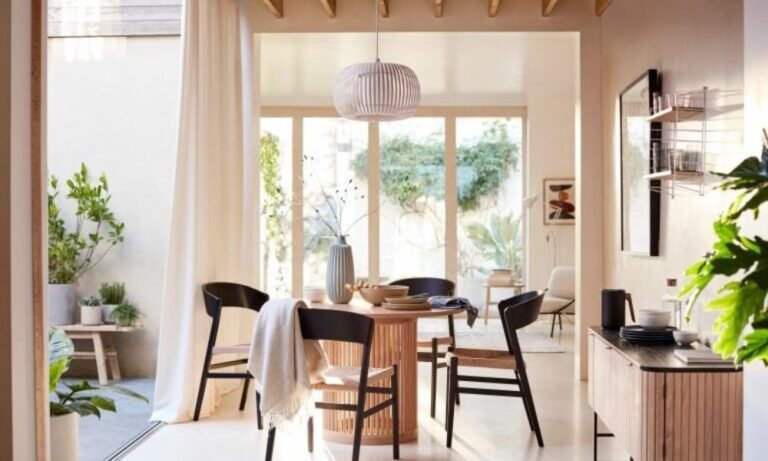Estimated reading time: 4 minutes
Lighting does more than illuminate a space—it defines its character. The right setup can transform a dull room into a welcoming retreat or an energizing hub. I’ve seen how even small changes in brightness and placement can completely shift a room’s feel. Whether you’re aiming for comfort, productivity, or a dramatic statement, adjusting illumination can make all the difference.
If you’ve ever walked into a space and felt instantly at ease or invigorated, the arrangement of lights likely played a significant role. And if your living areas seem a little off without a clear reason, the solution may be simpler than you think. Let’s explore how to enhance your surroundings with well-planned illumination.
What You’ll Learn in This Guide
- The three primary types of illumination and their purpose
- How to select the right setup for different rooms
- The benefits of smart systems for convenience and efficiency
- Common mistakes to avoid when upgrading fixtures
- Affordable ways to refresh a space without major electrical work
1. Understanding the Three Essential Types of Lighting
A well-designed interior incorporates multiple layers of illumination. Think of it like coordinating an outfit—each piece contributes to the final effect.
Ambient Lighting (General Illumination)
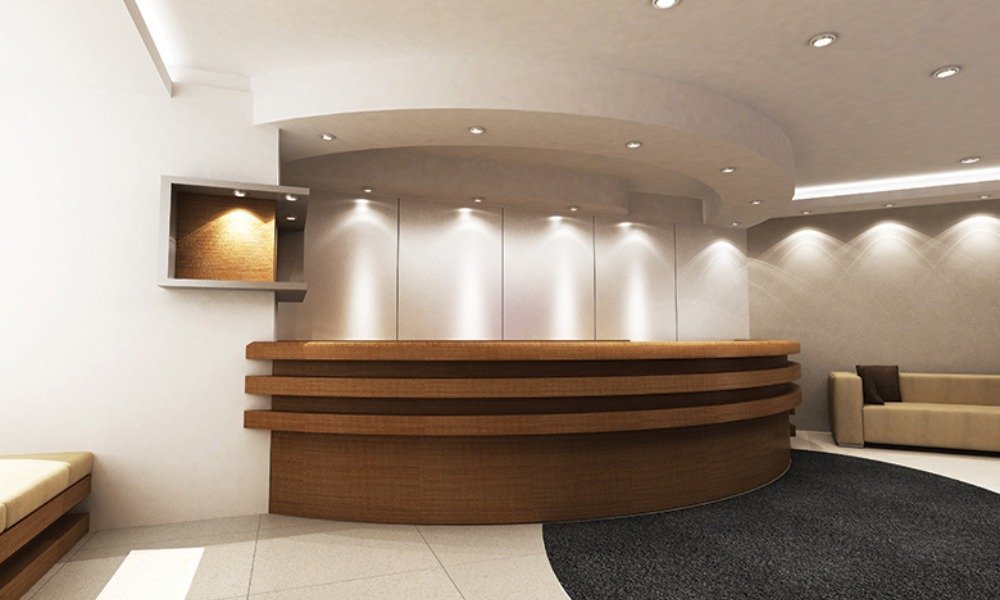
This provides the base layer, ensuring a space is well-lit. Ceiling fixtures, chandeliers, and recessed lights fall into this category, offering even distribution of brightness.
Best for: Living rooms, bedrooms, kitchens, hallways
- Tip: A dimmer switch allows for adjustments based on time of day or mood.
Task Lighting (Focused and Functional)
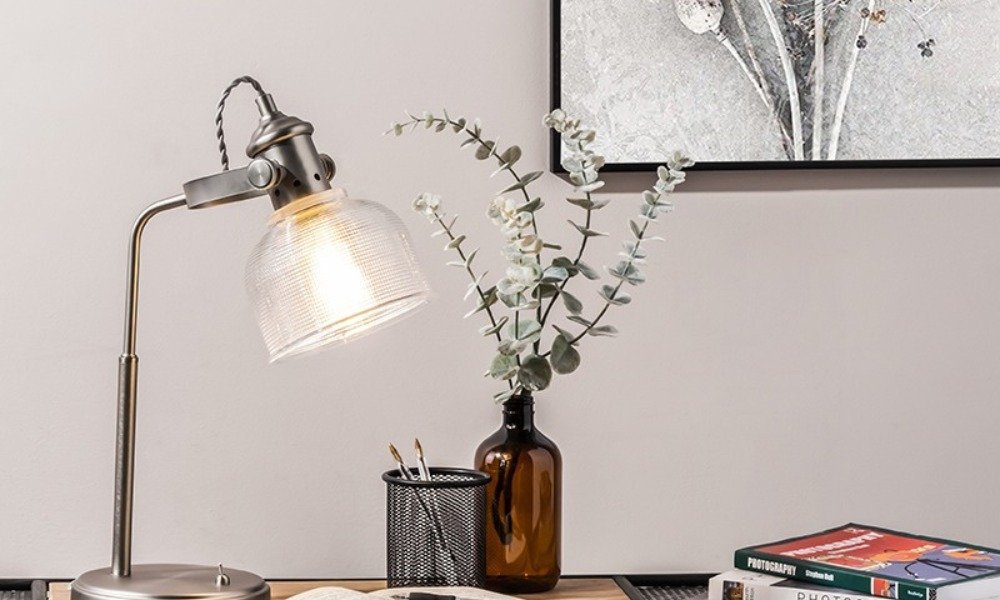
Used for specific activities like reading, cooking, or working. Desk lamps, under-cabinet lights, and pendant fixtures fit this category.
Best for: Offices, kitchens, bathrooms, reading nooks
- Tip: Under-cabinet lights in the kitchen can enhance visibility while preparing meals.
Accent Lighting (Decorative & Highlighting Features)
This style is used to draw attention to specific elements, such as artwork, shelves, or architectural details. Wall sconces, LED strips, and track lighting fit into this category.
Best for: Living areas, entryways, display shelves
- Tip: Soft LED strips under shelving can add depth and sophistication.
2. Choosing the Right Lighting for Each Room
Different areas require different approaches to illumination. Here’s how to design each space effectively.
Living Room: Versatile & Welcoming
- A central fixture for overall brightness
- Floor and table lamps for softer ambiance
- Decorative lights to highlight artwork or architectural features
- Related Read: Top 5 Mistakes to Avoid When Redecorating Your Living Room
Kitchen: Bright and Functional
- Ceiling lights for full coverage
- Task-focused under-cabinet fixtures
- Pendants over an island for style and practicality
- Related Read: How to Blend Functionality and Aesthetics in Your Home
Bedroom: Soft & Relaxing
- Warm tones for a calming effect
- Bedside lamps for nighttime reading
- Adjustable brightness to transition from day to night
- Related Read: How to Choose the Perfect Color Palette for Your Space
Bathroom: Bright Yet Comfortable
- Focused illumination around mirrors
- Softer options for a spa-like atmosphere
Outdoor & Patio: Ambiance & Security
- String lights or lanterns for gatherings
- Motion-activated options for safety
- Related Read: Secrets to Creating a Stunning Open-Concept Living Area
3. Smart Lighting: The Future of Home Ambiance
Imagine walking into a space where brightness adjusts automatically—no need for switches. Smart systems make this possible, offering both style and efficiency.
With automated options, you can:
- Adjust brightness and color with an app or voice command
- Set up pre-programmed moods like “Relax” or “Movie Night”
- Reduce energy use by scheduling when lights turn off
- Tip: Motion sensors can help cut down on electricity waste.
4. Common Lighting Mistakes (And How to Fix Them)
- Mistake: Using only a single overhead source
- Fix: Combine multiple layers for better depth
- Mistake: Choosing the wrong color temperature
- Fix: Use warm tones in cozy spaces and cooler ones for work areas
- Mistake: Forgetting dimmers
- Fix: Adjustable brightness creates versatility
- Mistake: Neglecting task-focused solutions
- Fix: Add focused beams in kitchens, bathrooms, and workspaces
- Related Read: 5 Must-Know Rules for Small Space Interior Design
5. Budget-Friendly Ways to Refresh Your Lighting
Not ready for a complete overhaul? Try these simple updates:
- Replace outdated bulbs with modern LED options
- Install plug-in wall sconces for an elevated look
- Add adhesive LED strips beneath cabinets for instant depth
- Use mirrors to reflect brightness and make areas feel larger
- Related Read: 7 Budget-Friendly Interior Design Tips for Every Home
Final Thoughts: Transform Your Space with Better Lighting
Illumination isn’t just about visibility—it’s about shaping how a space feels. Whether aiming for relaxation, productivity, or elegance, the right setup can make all the difference.
If a room doesn’t feel quite right, small adjustments like switching bulbs, adding dimmers, or layering different styles can dramatically improve the atmosphere.Looking for more interior design inspiration? Check out Budget-Friendly Interior Design Hacks for additional ideas.
